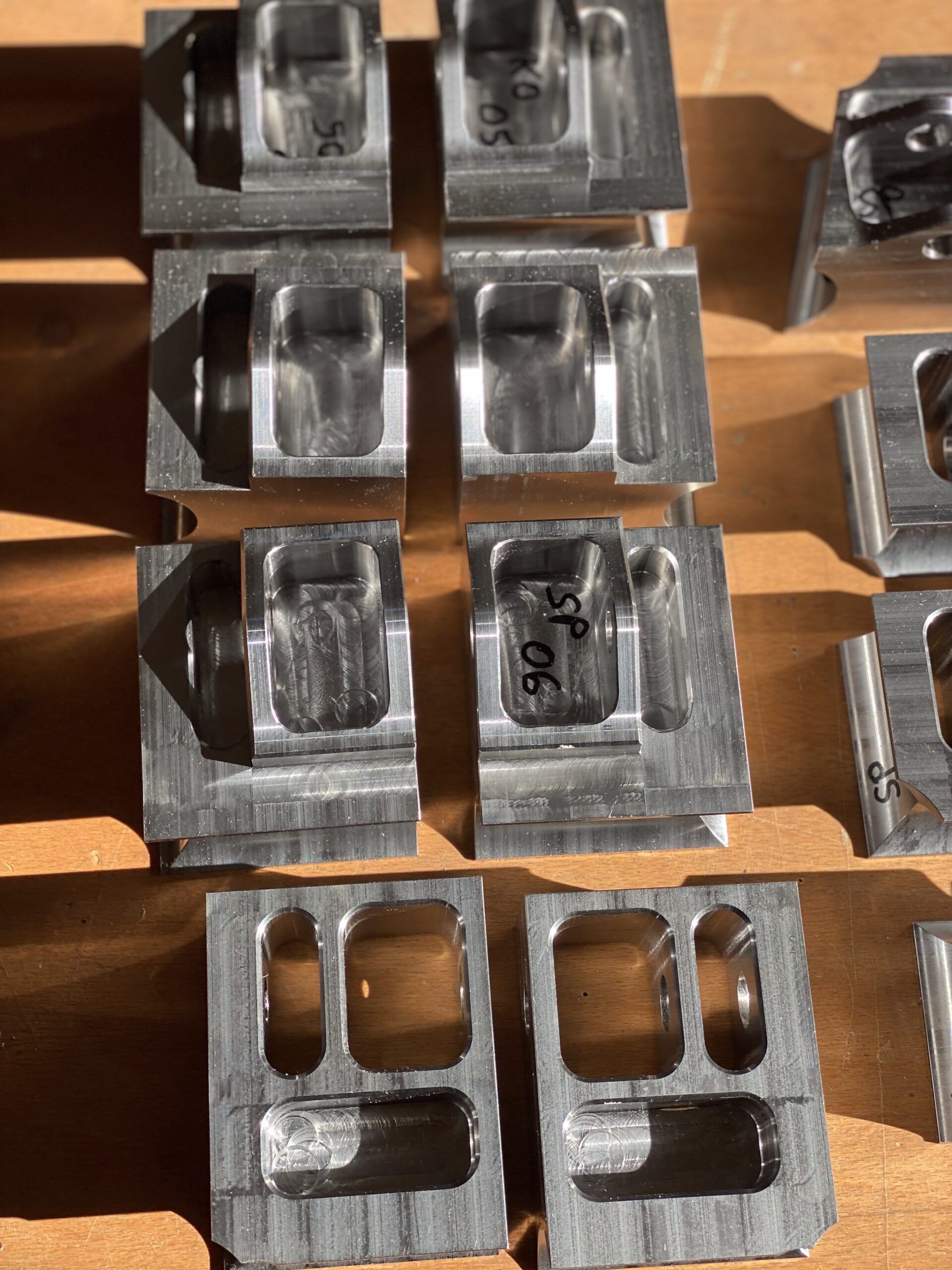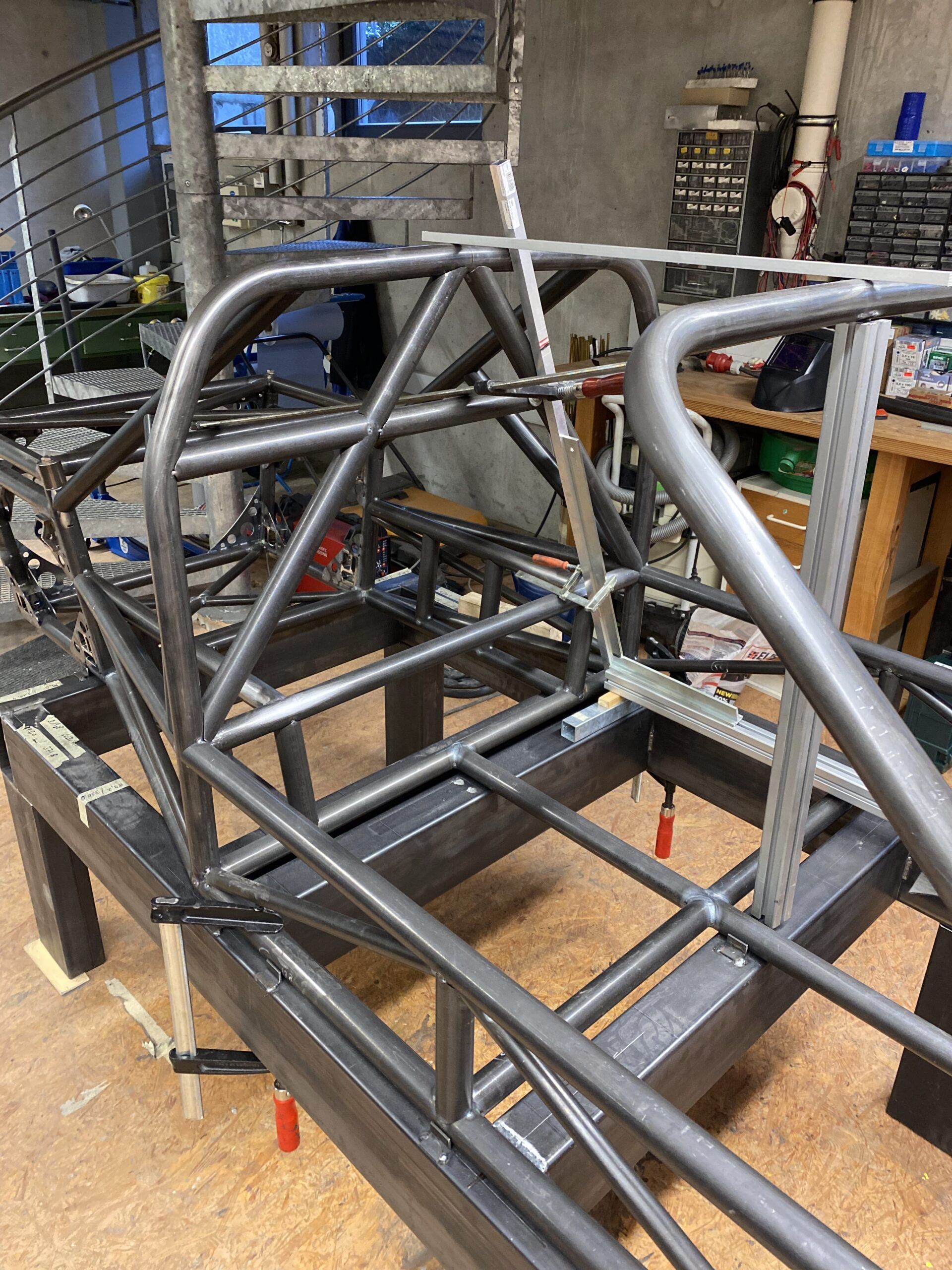First CNC milled parts
Load-compatible brackets for the wishbone mount
Why I am not compromising here
I said to myself right from the start of this project: if I’m going to build something, I’m going to build it properly. In my opinion, many replicas are particularly sloppy when it comes to the wishbone mount. There are often simple designs that are neither load-bearing nor durable in the long term. I wanted to make it better – safer, more sophisticated and simply so that I can sleep peacefully at night when the car is on the road or track later on.
The CNC-milled parts and their contribution to stability
For the wishbone mounts, I designed brackets made of 25CrMo4 (chrome-molybdenum steel, like the frame) and had them CNC-milled. I also used special weld-in sleeves, also made of 25CrMo4, which harmonize perfectly with the brackets and can be seamlessly integrated into the frame structure.
That may sound like a lot of effort – and it was – but it was important to me that the forces acting here were introduced cleanly into the overall structure. The loads at this point are enormous, and a poor design is not only a weak point, but potentially life-threatening.
Integration into the framework
For me, the integration was not just about stability, but also about the entire frame geometry being adapted to it. You don’t just do a detail like that “on the side”. It was important to me that the brackets were not only stably attached, but that the loads were distributed and that the entire frame absorbed these forces properly.
Why I am making this effort
Sure, these parts are expensive to make, but at the end of the day they are life insurance. I’m building this car because I enjoy it and I have certain expectations of myself. It’s not enough for me if something is just “adequate” – I want it to be really good.
A comparison with the big players
To show what is possible: I have included a picture of an LMP1 racing car from 2019 at the bottom of the picture gallery. Here you can see how modern 24-hour racers design this area. The brackets of these vehicles are designed for loads of ±35 G – that’s obviously a different league, but it shows what’s important: load-appropriate designs are the key to safety and performance.
Conclusion: No compromises on safety and stability
I know it was all a lot of work, but in the end I’m happy every time I look at these parts and know that they work – and that they work as they should.
Only Erwin always cursed because of all the gussets 🙂


